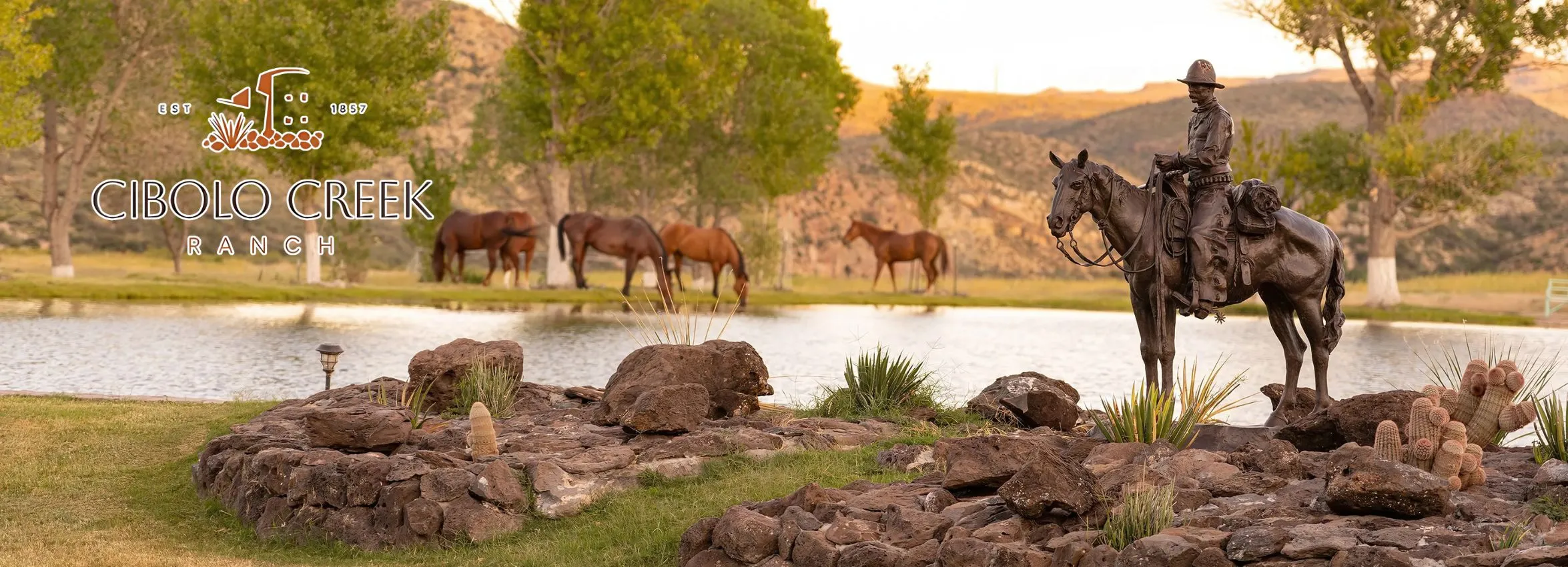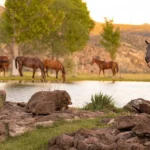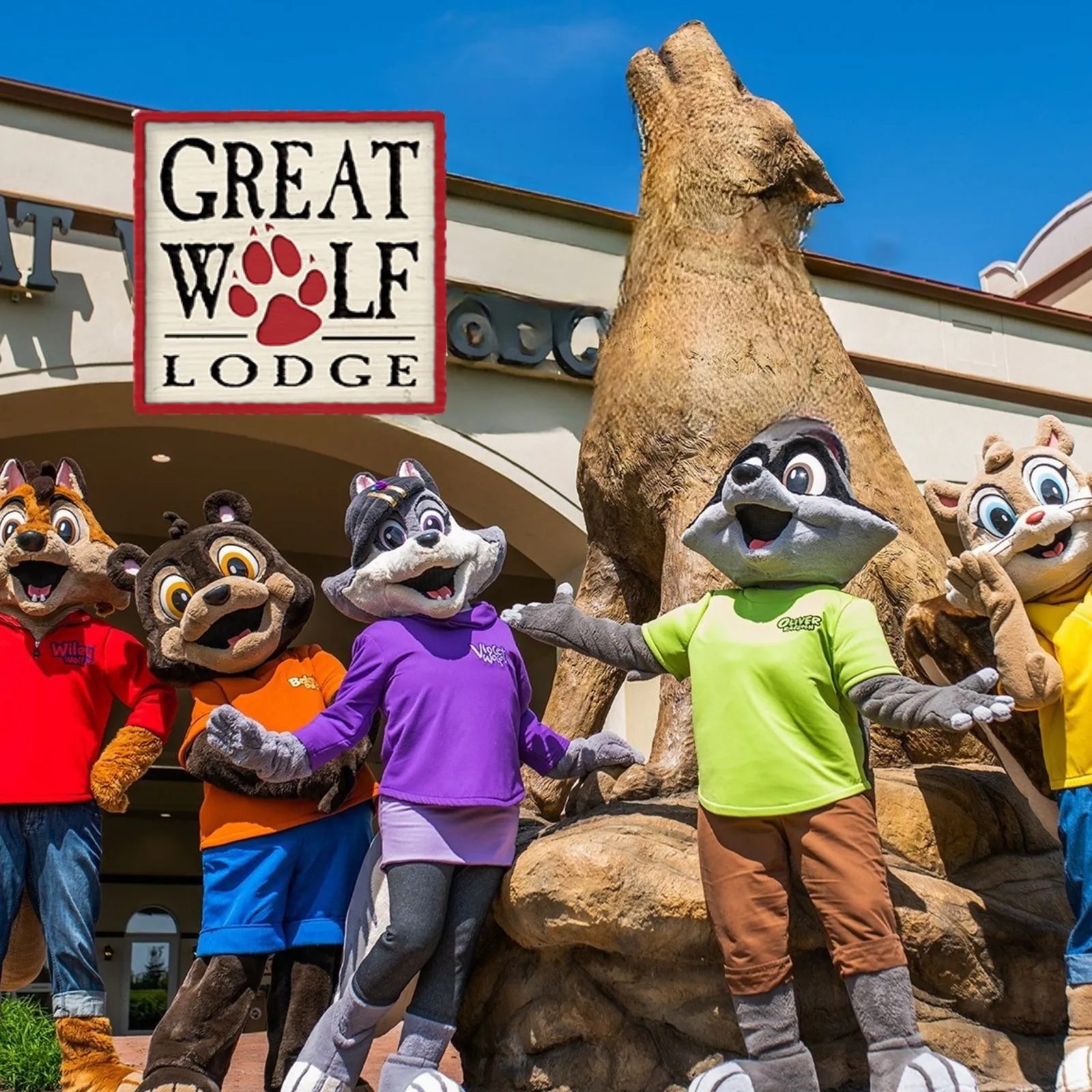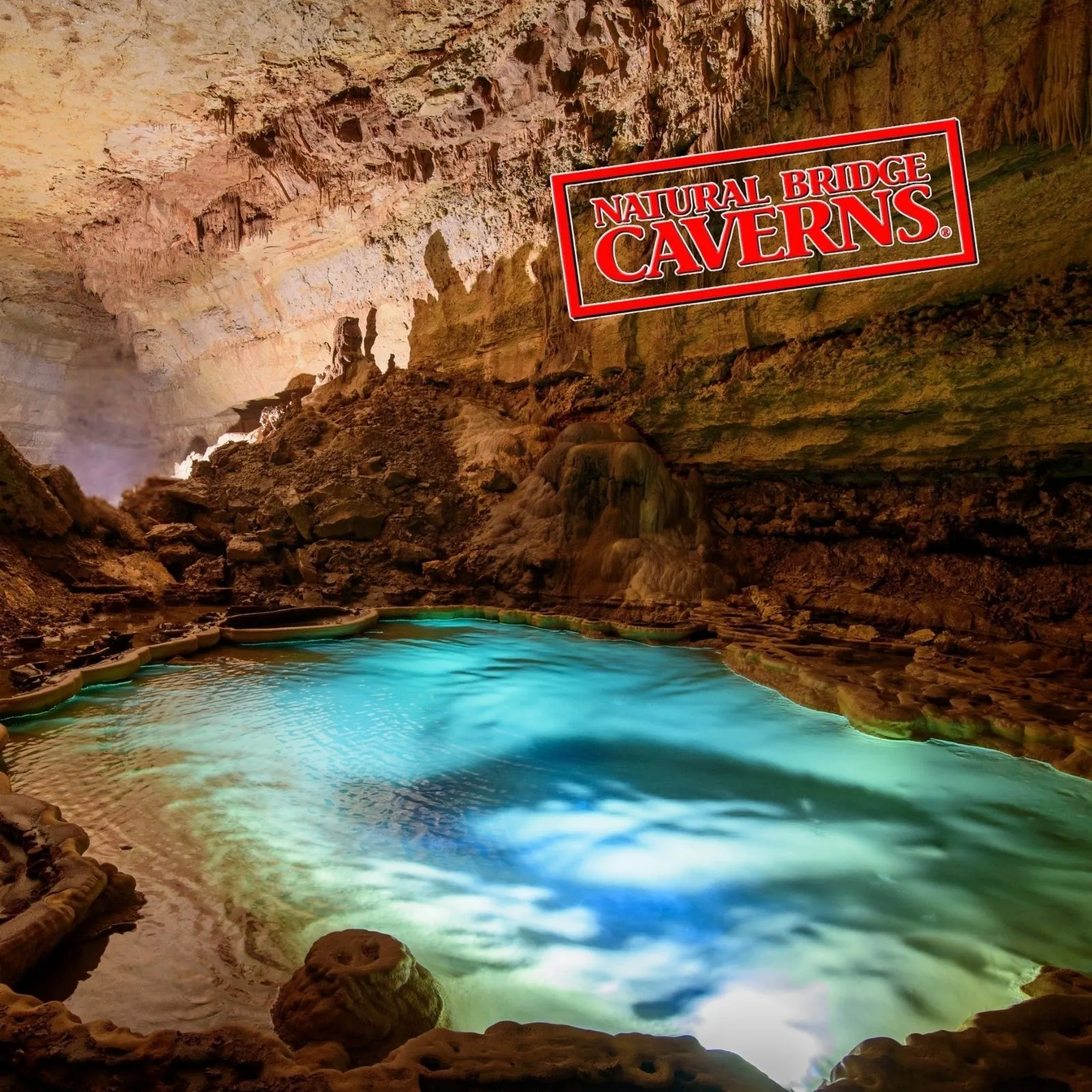The Ultimate Kansas History Trail: Top Museums, Missions & Historic Towns (Currently Open)
Introduction
Kansas is more than open skies, prairie grasses, and wide roads—it’s a living tapestry of American history. From Native American heritage to frontier settlements, abolitionist struggles to early aviation milestones, the Sunflower State invites you to walk through time. If you’re curious about the best places for historical travel in Kansas, this guide is for you. We’ll dive into the ultimate Kansas history trail, exploring top museums, missions, and historic towns (all currently open) that bring the past alive. Whether you’re a family planning a road-trip, a local wanting to rediscover home, or a traveler craving depth in your journey, you’ll find something meaningful here.
1. The Brown v. Board of Education National Historic Site – Topeka, KS
Located in Topeka, this site (formerly Monroe Elementary) stands at the heart of the fight for civil rights in America. It marks the spot where the landmark 1954 Supreme Court decision ended legal segregation in U.S. public schools. Tripadvisor
Why it’s essential
It’s one of the most important pieces of American legal and cultural history—making it a top destination for visitors seeking historic significance.
The visitor center offers immersive exhibits, personal stories, and educational resources that make history feel alive.
Family-friendly and educational—great for school-age children as well as adults.
Insider tip
Go early in the day to avoid crowds. Pair your time here with a stroll through downtown Topeka to digest the story physically and metaphorically.
2. The Dwight D. Eisenhower Presidential Library, Museum & Boyhood Home – Abilene, KS
If you’re looking for a presidential history stop, this is your destination. It offers the boyhood home of President Eisenhower, a museum, and library all centered on his legacy.
Why it’s essential
It tells the story of a Midwestern boy who became Supreme Allied Commander and U.S. President—bridging local Kansas roots and global impact.
The museum is rich with artifacts, multimedia exhibits, and storytelling that appeals to history enthusiasts and casual visitors alike.
For those seeking deeper context on America’s role in WWII and the Cold War, this is a powerful stop.
Insider tip
Make time for the museum and plan some quiet time around Abilene’s downtown historic district. It’s a peaceful contrast to the big-city stops and offers a reflective pace.
3. The Old Cowtown Museum – Wichita, KS
Step into the 19th-century Old West at this open-air history museum in Wichita. Over 50 historic and recreated buildings stand on 23 acres, bringing frontier Kansas to life. Wikipedia
Why it’s essential
It showcases Wichita’s transition from frontier trading post to cattle town to urban center.
Kids and adults alike will enjoy the interpreters, historic homes, farm animals, and hands-on activities.
It complements the trail with a lively, immersive experience of daily life in early Kansas.
Insider tip
Visit mid-week if possible for smaller crowds. Wear comfortable shoes—there’s plenty of walking and terrain to explore.
4. The Pawnee Indian Museum State Historic Site – Near Republic, KS
This site represents a different dimension of Kansas history: the Native American story. The Museum preserves one of the few known earth lodges of the Kitkehahki Pawnee tribe. Wikipedia
Why it’s essential
It provides deep insight into indigenous life on the Plains before and during early European/American settlement.
The site features original lodge remnants and interpretive exhibits that make this era tangible.
A meaningful stop for travelers interested in archaeology, indigenous culture, and the deep roots of the land.
Insider tip
This is more remote than the major metro sites—plan for the drive, check hours, and bring water/snacks if exploring the wider area.
5. The John Brown Museum State Historic Site – Osawatomie, KS
Adventure into the heart of “Bleeding Kansas” with a stop at this site dedicated to abolitionist John Brown and his activities in Kansas Territory. Wikipedia
Why it’s essential
It tells the dramatic story of Kansas before the Civil War—when the fight over slavery played out violently on the frontier.
The museum and cabin stand as a testament to rugged moral action and frontier hardship alike.
For history enthusiasts, it’s a vivid chapter often skipped in more generic itineraries.
Insider tip
Combine this stop with a visit to nearby historic town sites, and consider staying overnight to soak in the quiet reflection of the site.
6. The Old Depot Museum – Ottawa, KS
Located in a restored 1890s railroad depot, this museum offers a regional story of transport, industry, and community in Franklin County and beyond. Wikipedia
Why it’s essential
It highlights how railroads shaped towns and markets across Kansas.
Exhibits include model trains, a one-room schoolhouse re-creation, and local history from the late 19th and early 20th centuries.
Ideal for families wanting a mix of fun and history without the bustle of bigger tourist spots.
Insider tip
Pair your visit with a walking tour of Ottawa’s historic downtown—the museum sets a great foundation for exploring the town’s wider story.
7. The Constitution Hall State Historic Site – Lecompton, KS
Lecompton played a pivotal role in the struggle over free- vs. slave-state status in Kansas. This site offers a window into that era. Kansas Department of Revenue
Why it’s essential
It was a seat of the pro-slavery territorial government and the drafting site of the controversial “Lecompton Constitution.”
Visiting here gives you direct connection to the political and social turmoil that shaped Kansas’s entry into the Union.
For those on the history trail, it adds weighty political context.
Insider tip
Bring notes or reading material ahead of the visit—the significance of the site is richer when you arrive prepared.
8. The Hollenberg Pony Express Station State Historic Site – Hanover, KS
Step into the era of the Pony Express and frontier commerce with this remarkably preserved station in eastern Kansas. Kansas Department of Revenue
Why it’s essential
It’s one of the few remaining original stations of the storied Pony Express that operated from 1860-61.
The site offers insight into historic mail routes, frontier logistics, and the changing West.
Great for history lovers and anyone intrigued by the “Wild West” narrative of Kansas.
Insider tip
Add a picnic stop nearby—these less-visited historic sites often reward with peace and authenticity.
9. The Kaw Mission State Historic Site – Council Grove, KS
Delve into the convergence of mission work, Native American history, and early settlement at this historic mission site. Kansas Department of Revenue
Why it’s essential
The mission represents an 1850s era school for Native American children, located on the Kaw (Kanza) reservation.
The site foregrounds themes of culture, assimilation, and the evolving frontier.
Adds a layered perspective of Kansas history beyond battles and trails.
Insider tip
Pair with a walk in Council Grove’s historic district—this mission stop is anchored in town heritage and scenic ambience.
10. The Fort Scott National Historic Site – Fort Scott, KS
Set on the Kansas–Missouri border, Fort Scott offers military history, Civil War significance, and frontier life all in one. WhichMuseum+1
Why it’s essential
Fort Scott was a U.S. Army post from 1842–1865, playing major roles in pre-Civil War tensions and the war itself.
The historic buildings, interpretive grounds, and visitor center bring this era vividly to life.
A strong focal point for the history trail, especially if you’re tracing conflict-era narratives of Kansas.
Insider tip
Stay overnight in the town if possible—Fort Scott’s historic downtown paired with the site makes for a full experience.
11. The Nicodemus National Historic Site – Nicodemus, KS
Travel to the far west of Kansas for this compelling story of African American settlers in the late 19th century. Travel Kansas
Why it’s essential
Nicodemus is the only surviving western town established by African Americans during the Reconstruction era.
It offers a powerful chapter of migration, resilience, and heritage in the heartland.
For those pursuing a full history trail, this stop broadens your geography and storyline.
Insider tip
This stop may require more drive time—plan accordingly and combine with rural lodging for a relaxed overnight stay.
12. The Wichita Sedgwick County Historical Museum – Wichita, KS
Right downtown in Wichita, this museum offers broad local history housed in the former city hall building. Wikipedia
Why it’s essential
Exhibits span from Wichita’s founding through 20th-century growth—a complementary stop to frontier-era sites.
Great for families or travelers wanting a museum experience without leaving the city.
Helps round out your trail with urban history and cultural development.
Insider tip
Give yourself at least an hour or two and then explore Wichita’s historic neighborhood nearby—pairing museum + walk is ideal.
13. The Watkins Museum of History – Lawrence, KS
Situated in Lawrence, the Watkins Museum offers a local and regional history experience—from early settlement through modern times. Wikipedia
Why it’s essential
The building itself, a Richardsonian Romanesque structure, is part of Kansas’s architectural heritage.
Exhibits call upon Lawrence’s unique role in state history, including abolitionist activity and university town evolution.
A perfect stop for integrating local atmosphere and historic story.
Insider tip
Extend your visit into Massachusetts Street for dinner or shopping—historic lodging and local ambiance combine beautifully with this museum stop.
14. The Kansas State Historic Sites (State-wide collection)
Beyond one particular destination, the network of state historic sites in Kansas offers many stops worth adding—forts, missions, ranches, Indigenous sites and more. Travel Kansas
Why it’s essential
It acts as a catalog of history-set locations, giving you flexibility to extend the trail across different regions.
Whether you stop at Fort Hays, First Territorial Capitol, or others, you’re tapping into the broader legacy of the state.
For travelers wanting to make Kansas history-driven, this collection allows customization of the route.
Insider tip
Pick one lesser-known state historic site that aligns with your travel corridor—this adds a “hidden gem” flavor to your trail.
15. The Historic Town of Council Grove – Council Grove, KS
Finally, anchor your trail with a stay or visit in a historic town rather than just a museum. Council Grove was pivotal on the Santa Fe Trail and offers charming lodging, shops, and mission sites. Kansas Department of Revenue
Why it’s essential
It combines the living-town experience with history—walking streets that traders once walked, seeing old cabins, and staying in regional lodging.
Ideal for families, couples, or solo travelers who want more than a drive-by museum.
Provides geographic diversity in your history trail—from cities to rural towns to native-sites.
Insider tip
Plan an overnight here. Enjoy dinner in a historic downtown suffice, and wake up early to explore mission sites and trail-markers with fewer crowds.
Building Your Historic Kansas Trail: Road-Trip Tips
To get the most from your history trail in Kansas:
Create a route: Map these locations so you travel region-by-region—e.g., Topeka → Lawrence → Wichita → Council Grove → Nicodemus.
Allocate time: Spend at least half-a-day at major sites (like Eisenhower or Brown v. Board) and one morning at smaller stops.
Mix big and small: Combine big museums with smaller towns for variety and depth.
Stay in historic towns: Lodging in places like Council Grove or Osawatomie enhances the immersive experience.
Check hours & closures: Some historic sites may have seasonal hours—always confirm.
Engage the story: Read about the era beforehand—it enriches the visit.
Bring snacks and water: Especially for rural sites where dining may be limited.
Respect the sites: These are historic, often fragile places—observe signage, stay on trails, and treat them with care.
Conclusion
Kansas is not just a stop on the map—it’s a story waiting to be walked. From the halls where America’s future was debated to the cabins where abolitionists plotted, from the ranch lands of native cultures to the towns that welcomed cattle drives, the state offers a tapestry of heritage. Whether you call it the “ultimate Kansas history trail” or simply a journey into the past, your adventure here can be rich, varied and deeply memorable.































